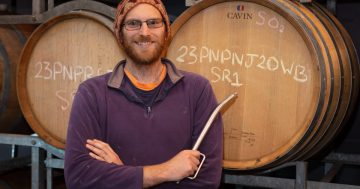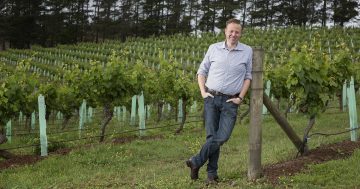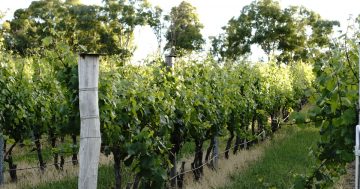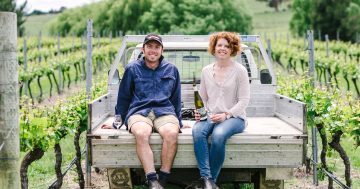The wine makers are letting the world know they’re expecting to make small numbers of rather good wine this year after tricky growing conditions:
An abundance of soil moisture across the season and ideal temperatures during the ripening period has resulted in excellent soil conditions, excellent vine health and superb fruit across a range of varieties.
Unfortunately, widespread and severe rainfall, coupled with isolated hail storms, took its toll on some of the region’s vineyards, with berry split and hail damage increasing disease risk and subsequent fruit loss. Timing of these weather events was particularly debilitating on the earlier ripening white varieties.
“While handpicking is common across the district in any season, selective handpicking was the only choice for many growers,” Chris continued. “This increases the costs of maintaining fruit quality, as there is no market for B-grade fruit.”
As with the 2011 vintage, fruit is coming in with excellent flavours and colours and lower than usual Baumes, creating opportunities for winemakers to craft award-winning wines at lower alcohol levels. By using selective picking and careful winemaking techniques to mitigate hail and disease damage, experienced winemakers and growers will still have excellent wines, although quantities may be reduced.
“2012 has certainly been a challenging year for the district’s growers and winemakers, but shows all the signs of producing some excellent wines, albeit at smaller volumes,” said Chris.





















